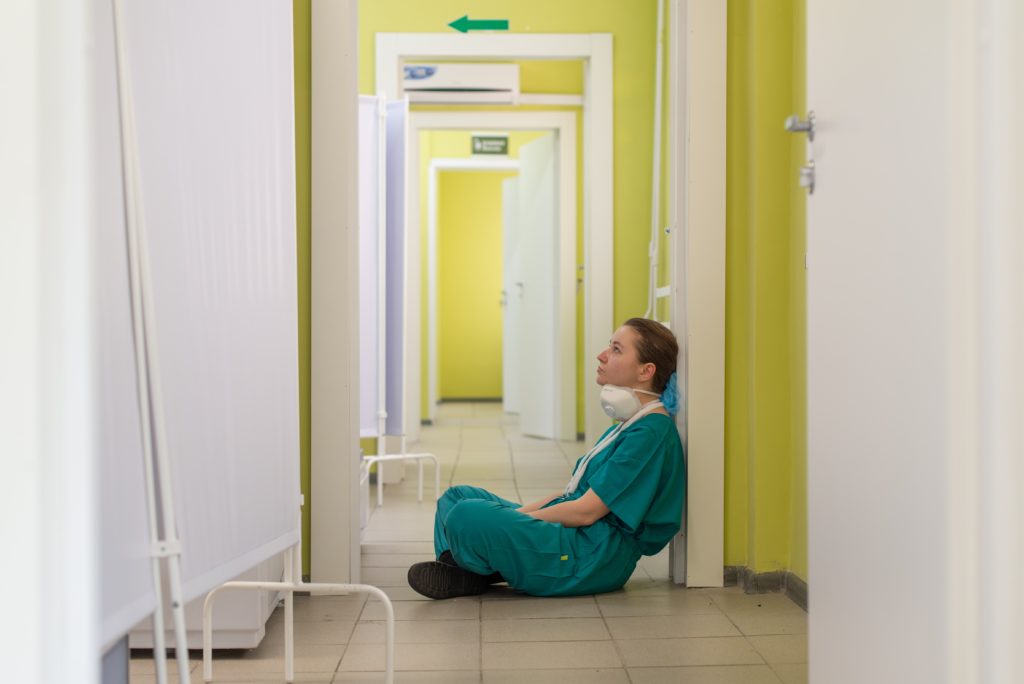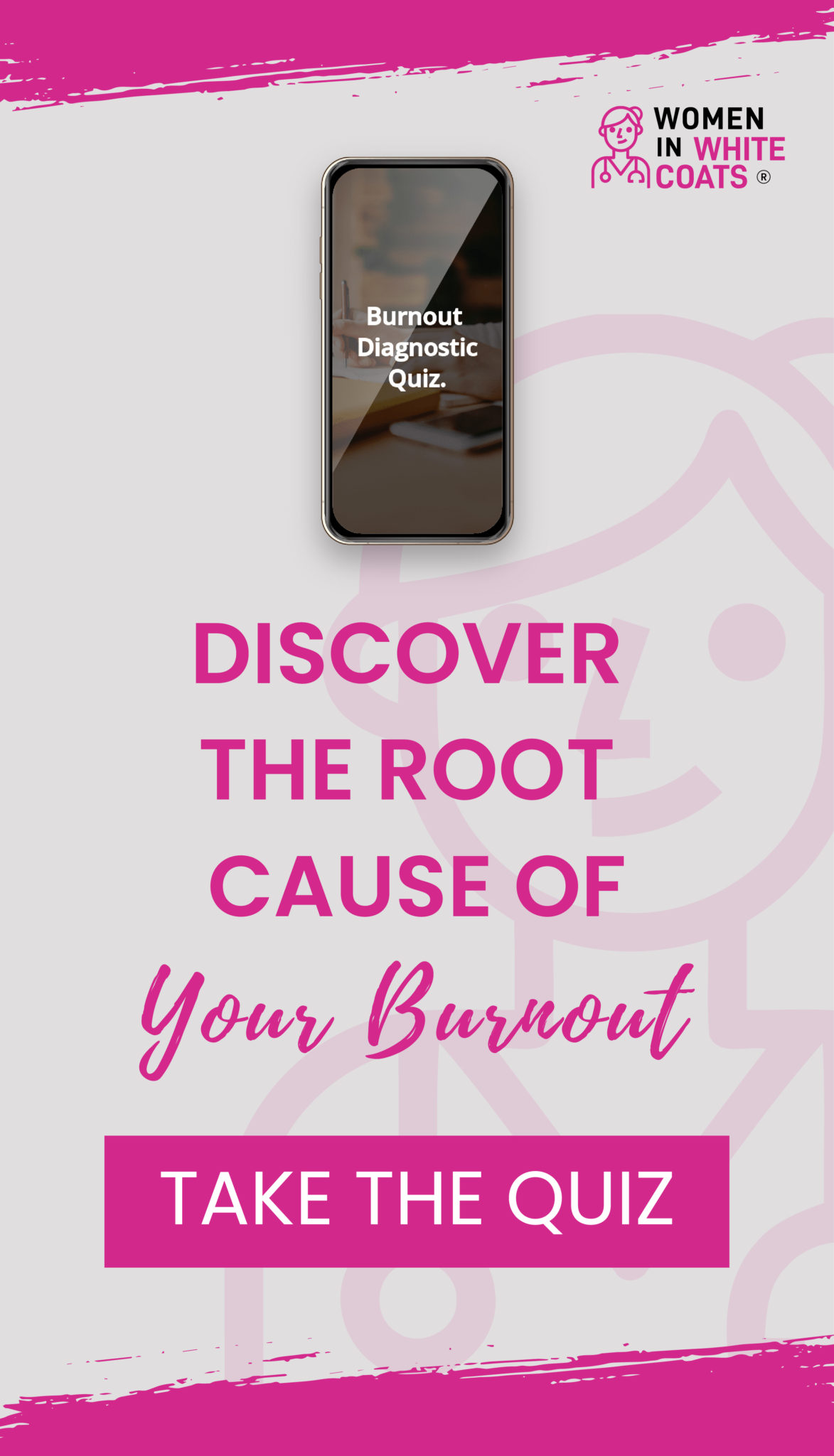Another physician suicide happened on December 27, 2021. Shock, despair, and disbelief hit me all at once when I read the Facebook post about my colleague. No, no, no!!!! Not again!! I can’t believe this happened again. I felt a huge dagger pierce my heart. I could barely breathe. My whole body tightened up.

Not Another Suicide, Not Again?
I clicked on the obituary and learned that he was in his late 30’s and grew up in a baseball town in the Midwest. He was a son to loving parents and a proud older brother. In high school he was a talented member of the choir and an avid tennis player. He wasn’t afraid of pursuing a double major in Biochemistry and Chemistry during college. He went immediately into medical school and while there married his best friend. They had their first child prior to graduation and together the young family moved for his residency in Internal Medicine.
I read that his greatest accomplishment in life was becoming a father to their 3 children. He was an all-in, hands-on dad. He is remembered for many things, some of which are his amazing grilled steaks, bedtime back rubs, playing Legos with his kids, traveling with his wife and caring for his patients. His life’s passion was truly caring for other people because he wanted everyone to feel appreciated. He was not afraid of giving his time to those who needed it.
In the obituary, the family shared their feelings about mental illness and wrote that mental illness is a very real disease and just like diabetes or cancer, it can be treated. The obituary ended by sharing how my colleague taught his children to always be kind to others because you never know the struggles they may be facing. The family asked that in his memory, to please be kind to others.
I read this obituary over and over again. And over, and over. Still in shock, my whole face was numb. I didn’t cry, I just sat there, reading it.
How am I supposed to react? Am I supposed to react? Do I simply block it off like every other death and trauma? Do I dare let it sink in and then risk feeling all the emotions tied with his death and the way he died? Why did he commit suicide? So many questions.
I talked about his death with some of my colleagues. I was dismayed at their responses. They stated:
“What did he have to be depressed about?”
“He was making good money as a doctor; he had a beautiful wife and three children!”
“He was too intelligent to give up on life.”
“I can’t believe he would do this to his family. How selfish!”
“What are other people going to think of him? He wasn’t a very strong person.”
“He was so happy all the time on the outside.”
I felt like I was a punching bag and each of these statements hit me in the face, really hard. They were the exact comments I heard right after two doctor suicides in my community 20 years earlier.
They were devastating. I found myself in the same place of devastation, hopelessness, stress, and anxiety as 20 years ago. It was like I was standing in the exact location where I learned about the previous doctor suicides. I felt a deep pain pierce my heart. I felt empty. I felt numb. I felt shocked. I felt lonely. I felt sad. I felt hopeless. I didn’t know what or how I was “supposed” to feel.
However, I knew for certain that I wanted to help other physicians with depression, anxiety, hopelessness, and/or suicidal thoughts. I knew I wanted all of this to stop. It has to stop. We cannot keep losing more physicians to suicide.

Physician Suicide Is a Public Health Crisis
While we are healers taking care of others, we often forget to first take care of ourselves. Chronic insomnia, the stress of making life or death decisions, patient case overload, endless nights of EMR documentation, and keeping current with medicine all contribute to depression and burnout. Not to mention other stressors such as family responsibilities, large student loan debt repayments, working through important holidays, and missing out on our children’s lives.
There are also systemic barriers preventing physicians from seeking help. They discourage self-care and help-seeking behaviors. Many state medical boards, professional associations, and institutions ask mental health-related questions, such as “have you ever been diagnosed with a mental illness?” or “have you ever sought treatment for a mental health or substance use disorder?” Questions like these are terrifying, so in the moment even if someone has had a mental health issue or ever sought help for it, they may lie about it. Questions of this nature also violate HIPAA laws and create fear in physicians, so much so they will not seek mental health help even though they are in dire need of it.
A recent study found 20% of medical residents met the criteria for depression while 74% met criteria for burnout. Burnout, different from but correlated with depression, refers to the triad of emotional exhaustion, depersonalization, and feelings of inefficacy resulting from chronic work-related stress. We have all been there at some point in our careers.
How Do We Prevent Physician Suicide?
The answer to this is complex and needs to happen both at an individual level and large-scale initiative to implement systemic change. We must learn about the symptoms and signs of depression, anxiety, and burnout among ourselves and our colleagues.
There needs to be more formal training beginning on day one of medical school. This needs to be implemented in residency programs and continuing medical education (CME) courses for attending physicians. There should be weekly sessions such as Balint groups where medical students, residents, and physicians have an opportunity to meet each other and talk about anything bothering them. I had access to this in residency and it was tremendously helpful.

Wellness Programs Need to Be Mandatory in Medical School
Implementing wellness programs for medical students, residents, and attendings is essential.
We must learn how to first take care of ourselves. We cannot pour from an empty cup. Self-care involves prioritizing sleep, focusing on nutrition, exercising, and making time to go outside and spend time in nature. It can include meditation, yoga, and other stress-relieving modalities. This can be challenging, as we have limited time to take care of ourselves.
Training program-specific mental health clinics and referral networks with easy access for trainees are another way to help the current situation. Having an in-house mental health source, whether in person or on the phone, available 24/7 is another way to help. The AMA and other professional bodies should prioritize the development of model policies to help hospitals, malpractice insurers, and state boards better manage physicians’ mental health needs, and encourage rather than stifle help-seeking.

10 Facts About Physician Suicide
The Accreditation Council for Graduate Medical Education (ACGME), has compiled and published a helpful fact sheet on the disturbing trend of suicide among physicians. Some of the results listed are surprising.
- Suicide generally is caused by the convergence of multiple risk factors, the most common being untreated or inadequately managed mental health conditions.
- An estimated 300 physicians die by suicide in the U.S. per year.
- Physicians who took their lives were less likely to be in mental health treatment compared with nonphysicians who took their lives even though depression was found to be a significant risk factor, at approximately the same rate in both groups.
- The suicide rate among male physicians is 1.41 times higher than the general male population. And among female physicians, the relative risk is even more pronounced, 2.27 times greater than the general female population.
- Suicide is the second-leading cause of death in the 24 – 34 age range. Accidents are the first.
- 28% of residents experience a major depressive episode during training versus 7-8% of similarly aged individuals in the U.S. general population.
- Among physicians, risk for suicide increases when mental health conditions go unaddressed, and self-medication occurs as a way to address anxiety, insomnia, or other distressing symptoms. Although self-medicating, mainly with prescription medications, may reduce some symptoms, the underlying health problem is not effectively treated. This can lead to a tragic outcome.
- In one study, 23% of interns had suicidal thoughts. However, among those interns who completed 4 sessions of web-based cognitive behavior therapy, suicidal ideation decreased by nearly 50%.
- Drivers of burnout include workload, work inefficiency, lack of autonomy and meaning in work, and work-home conflict.
- Unaddressed mental health conditions, in the long run, are more likely to have a negative impact on a physician’s professional reputation and practice than reaching out for help early.

What Can We Do?
Since May is Mental Health Awareness Month, it’s a great time to bring up conversations with our healthcare leaders and coworkers about the topic of physician depression, physician burnout, and physician suicide. If this alarming trend is not addressed, it could possibly increase and get much worse. But the good news is help is not far away for a fellow doctor who is struggling with their mental health. And it’s not only doctors who have increased rates of suicide, it’s on the rise in the general population too. The important thing is to address the causes early on before depression, anxiety, and burnout become overwhelming, and not ignore them. Getting help early is the best prevention.
If you or someone you love is battling mental illness or experiencing suicidal thoughts, please, please reach out for help. The National Suicide Prevention Lifeline is 1-800-273-8255.
Dr. Sophia Bhatia MD is a co-author of The Chronicles of Women in White Coats 4. She is also a Physician, Wellness Expert, Entrepreneur, and Keynote Speaker. She is passionate about holistic and natural healing methods, and advocates for women’s health, healthcare for active-duty members of the U.S. Air Force, and underserved populations. She founded the Women’s Health Clinic at UCSD VA Medical Center in San Diego, and in 2010, she was Flight Surgeon at Andrew’s Air Force Base in Maryland. She served the President, Vice-President, pilots and active-duty soldiers on Air Force One and Two. She is part of the highly selective Presidential Support Personnel (PSP). Dr. Bhatia is fluent in English, Hindi, and Spanish, and loves history, anthropology, international relations, skiing, and dancing. She completed her Doctor of Medicine in 2004 at the University of Colorado, and residency in Family Medicine in 2007.
Are you a physician who feels unsupported and is thinking of quitting or going part-time? Or unconsciously turning to chocolate, wine or Netflix to numb out at the end of the day? We want to invite you to Burn Bright instead of Burn Out with our Physician Wellness and Empowerment Program? Join us now to alleviate the chronic stress so you have breathing room to create a life you love and never experience burnout again.
If you are ready to say goodbye to impostor syndrome and welcome confidence and balance into your life, join our FREE training where we cover 3 steps to help you kick overwhelm and exhaustion to the curb and live that confident and balanced life you deserve. Click here to enroll in our free training.



